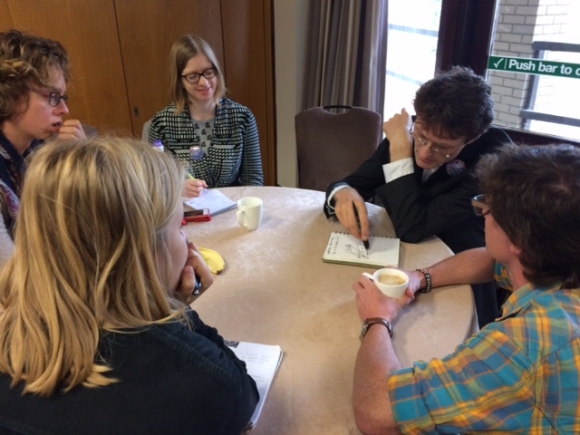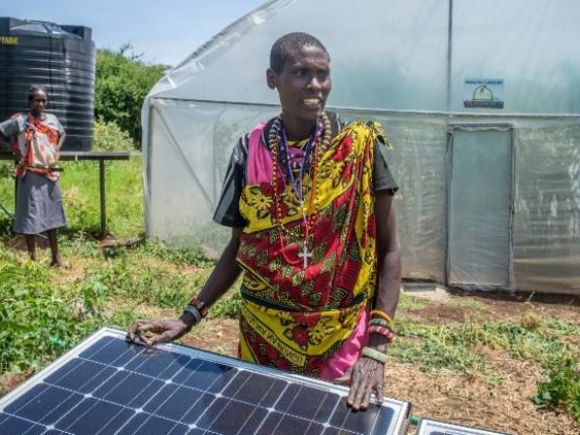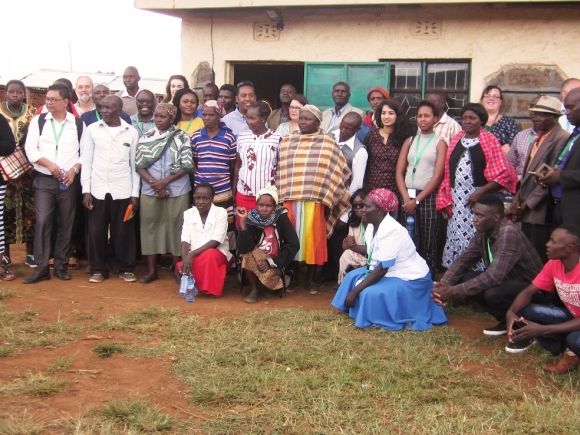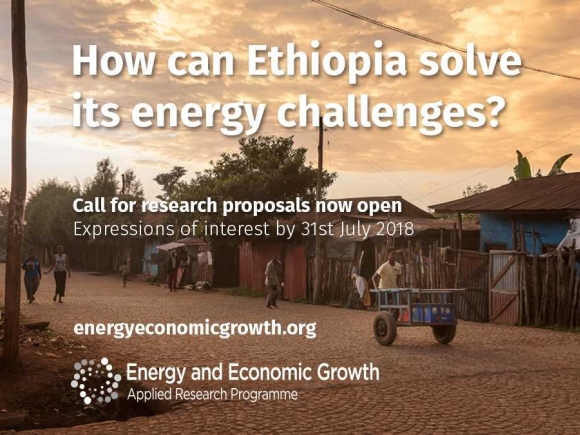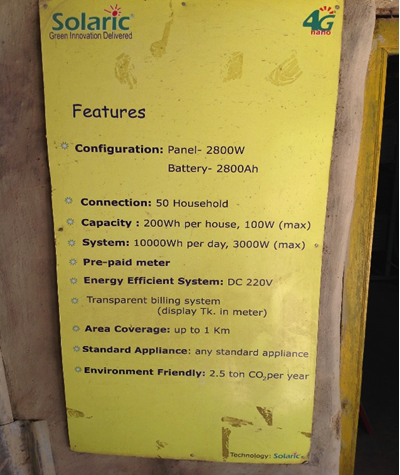
Bangladesh, November 18th 2018
I’d nearly forgotten about the conversation I had with our friends in the ENERGIA network about what I referred to as ‘electricity stacking’, when we rolled up in our bus to the Lohadi solar nanogrid in Mymensingh district in Bangladesh. We’d been talking about fuel stacking as an aspect of resilience and a precautionary behaviour of bottom-of-the-pyramid (BoP) households, where they persisted in using multiple energy sources for different applications, even after grid electrification, and what this had to say about a tier-based approach to energy access.
I’d visited the Lohadi nanogrid (run as a payment-for-services operation by a company called Solaric) before in 2016 and had been truly impressed by it – it had started out serving 50 households and had grown to 69, and by the time we turned up again the total served had risen to 73, in a community all indicating that they were truly happy with the electricity supplied. Not only that, but a secondary solar array pumped water for irrigating the local rice paddy – to all intents and purposes it appeared to be something of an ideal community supply, at least in terms of ability to pay.
Something fundamental had changed in the community by November 2018, though, which was the arrival of the national grid, mysteriously coinciding with perhaps the most important set of national elections that Bangladesh had undergone in some time. Trundling past the new concrete poles transmitting modernity to the community I felt a little sad, as if something important was being crushed in the mad rush to supply limitless electricity…


But the situation was far more complicated than one energy supply being subsumed by another; the community was on the cusp of supply, most having signed up and paid for a connection (cost = BTK 8,000) and the re-wiring costs but not yet having received energy through the new system. In addition, even though most of the community were clients of the nanogrid and had been since it began operation in 2011, most had a solar home system (SHS) as well. Therefore, many households were now working on their third, simultaneous-but-different electricity supply!
Once you know about the grid supply in Bangladesh and a little about the daily reality in BoP communities, this makes perfect sense. In other communities we’d already visited where the supply was up-and-running and newly-connected households were exploring the benefits, we were told that load-shedding was currently causing as much as 6 hours loss in every 24-hour period, overwhelmingly when the supply was needed most (mornings, lunch-time and evening), as the hordes of newly-connected woke up or returned home, turned their lights on and massively overloaded a fragile system.
A truism that gets repeated frequently (and as frequently forgotten) by the promoters of the rush to ‘modern energy access’ is that people don’t want electricity, they want access to the services and activities it enables. It may be true, as one Chairman of the local Awami League organization anxiously told us, that the grid supply will improve rapidly and will be stable and effective within a couple of years, but if your income is sporadic and not dependable and your resources limited, you’d be a fool to rely on that.


So people in Lohadi will continue to take a belt-and-braces approach to electricity, just as they would any other fuel supply, and make sure their energy ‘insurance’ is a little more dependable than the word of a Chairman. Thus, one householder told us that he would prioritize his electricity use in terms of price; 1) SHS, 2) grid when operating and 3) solar nanogrid, and all of this while continuing to use other ‘primitive’ sources of energy for other tasks, including firewood, dungsticks and LPG for cooking.
The engineer of the Lohadi grid (who operated another three nanogrids for Solaric besides this one) was dubious about the prospects for the nanogrid, where during this wait-and-see period the income from which he was paid was already diminishing - Nonetheless, he had a grid connection himself as well as his own nanogrid connection. It seems probable that the nanogrid will remain an important feature of community life for at least as long as the community is unable to depend on the grid for a reliable quality of supply, and maybe for longer – just in case..


